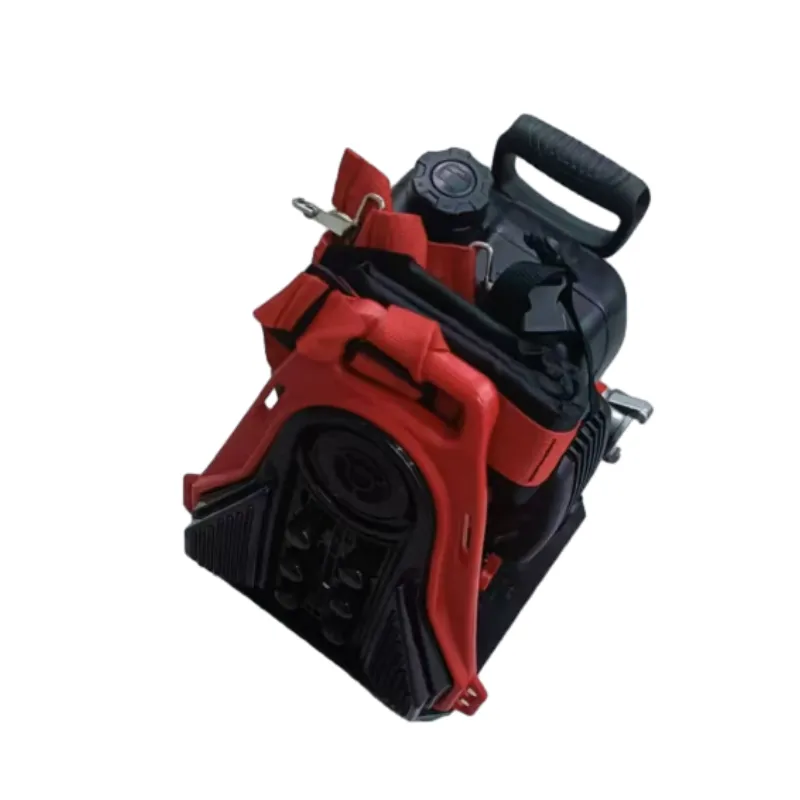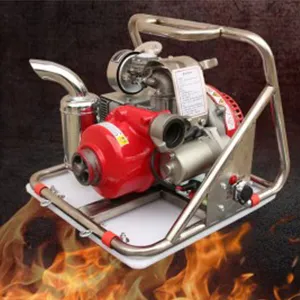

Thermal imaging cameras represent the intersection of technology and firefighting. These devices allow firefighters to see through smoke, navigate through flames, and even locate victims and hot spots in low visibility conditions. The cameras provide crucial information that enables effective decision-making during operations, significantly enhancing the efficiency and safety of firefighting endeavours. Moreover, personal protective equipment forms the frontline of defense against the extreme conditions faced by firefighters. Helmets, fire retardant jackets and trousers, gloves, and boots that form the basic clothing ensemble protect firefighters from high temperatures, sharp objects, and hazardous chemicals. Each piece of gear is extensively tested to ensure maximum protection while optimizing for mobility and comfort, critical factors for sustained engagement during prolonged emergencies. Proper training in the use, maintenance, and limitations of each tool cannot be overemphasized. The efficacy of firefighting tools is only as good as the skill of their user. Regular training sessions and drills are key components in ensuring that firefighters are both knowledgeable and proficient in using every tool at their disposal. Additionally, ongoing research and development continue to innovate the tools that firefighters use, with new technologies and materials contributing to enhanced performance, safety, and utility. Partnerships with equipment manufacturers and feedback from active duty firefighters help to inform these advancements, ensuring they are grounded in real-world requirements and experiences. In conclusion, common firefighter tools are more than just parts of a job—they are the lifeline that determines the success of any firefighting operation. With the right combination of experience, expertise, and trust, these tools embody the firefighter's resolve and unwavering commitment to protecting and serving their communities, establishing a bunker of safety against the unpredictable nature of fires. Understanding and investing in these tools is an investment in safety, efficiency, and reliability during crises when it matters the most.





























